#game design and development
Explore tagged Tumblr posts
Text
What Can You Do with Game Design Courses? - United Institute of Design

Video games are not just a form of entertainment anymore - they are a global industry that combines art, technology, storytelling, and invention. Video games are everywhere, from smartphones to consoles and also in the form of virtual reality headsets and there is a huge demand for skilled individuals who can create games. If you are thinking of a career that combines both creativity and technology, taking game design courses might be your first step.
So, what can you actually do with a bachelor of game design? Let's look at some of the exciting things that a pathway with a graduate in game design can do.
Understanding Game Design: More Than Just Playing Games
Game design involves the task of conceiving, creating, and refining the rules, structure, and experience of a game. While gamers get to enjoy the end product, there is a lot of tedious work involved, including world-building, character design, code implementation, and sound integration.
Game design courses provide students with an understanding of how to balance creativity with realism, the imagination that goes into designing levels that will attract a player and the methods various humans use to react while playing. You will learn to use industry-standard applications such as Unity, Unreal Engine, Blender, and Maya.
At UID, the B.Design (Hons.) in Animation & Game Design program consistently creates learning opportunities that instill technical skill as well as innovative thinking in gameplay, storytelling, and immersive design.
Career Opportunities After Game Design Courses
A bachelor of game design opens the door to many exciting and dynamic roles in the gaming industry and beyond. Here's what you can do after completing your course:
1. Game Designer
This is one of the most sought-after careers available. Game designers establish the baseline for the game: rules, challenges, the environment, levels, and how players advance through the game. Designers would generally work with artists, programmers and producers to create the game.
Key skills: storytelling, level design, logic, and user engagement.
2. Game Developer / Programmer
If you enjoy coding, and want to make ideas into playable games, then you may want to think about being a game developer. Developers write the code that makes the game run in the way the designer wants it to work. Developers may code to a platform (mobile, console or PC) or code to a game engine (Unity, Unreal, etc.).
Key skills: C++, C#, JavaScript, debugging, and physics simulations.
3. Level Designer
The level designer builds the individual levels, missions, or stages of the game. Level designers use their creativity and strategic thinking to build balanced, fun experiences for players.
Key skills: spatial thinking, user flow, and scripting.
4. Game Artist / Animator
Designers will design the visual graphic style of the game, which involves the characters, environments, objects, and effects in the game. A majority of the work includes modeling, animation, and texturing which will occur primarily in 3D game development.
Key skills: 2D/3D design, modeling, rigging, character animation.
5. Game Tester / QA Analyst
Game testers play new games to discover bugs or glitches that developers must overcome. They will also find balance issues in new games, which get fixed based on tester feedback as a game gets polished by the developers.
Key skills: attention to detail, problem-solving, written communication.
6. Narrative Designer / Script Writer
In story-based games, the narrative designer will be the person responsible for implementing the game's story, dialogues, and world-building into the game. For story-based games, the narrative designer's task is to make the narrative flow naturally through what the player does in the game.
Key skills: writing, character development, storytelling mechanics.
7. UI/UX Designer (Game Interfaces)
User Interface (UI) and User Experience (UX) designers guarantee that players enjoyably and easily maneuver menus, controls, and systems in casual and complex games alike. With an unsuspecting amount of responsibility, UI/UX designers play a crucial role in the design process.
Key skills: wireframing, prototyping, user testing, visual design.
8. Sound Designer / Composer
Sound is the third tool of fascinating abilities in game design collaboration, alongside graphics and gameplay. Sound designers create sound effects, ambient sounds, and music that can elevate the gaming experience.
Key skills: audio editing, composition, mixing, game audio engines.
Beyond Gaming: Expanding Opportunities
With a bachelor of game design, you're not limited to the gaming industry alone. Game design skills are transferable to other sectors like:
AR/VR Development: Used in education, medicine, and training simulations.
Film & Animation Studios: Especially for VFX and interactive storytelling.
Advertising & Marketing: Gamified apps and immersive brand experiences.
Education Tech: Interactive learning tools and educational games.
Simulation and Training: For aviation, military, healthcare, and industrial use.
Why Choose UID for Game Design Courses?
At UID, game design courses are part of the well-rounded B.Design (Hons.) in Animation & Game Design program. UID offers the perfect environment to learn, experiment, and grow as a designer.
Here’s what makes UID stand out:
Cutting-Edge Curriculum: Covers both animation and game design, giving you dual skills.
Studio-Based Learning: Access to high-end labs, software, and creative spaces.
Experienced Faculty: Industry professionals guide you throughout your journey.
Industry Exposure: UID connects you with real-world projects, internships, and expert mentors.
Creative Culture: Collaborate with students across different design disciplines and build a strong portfolio.
Game design is a dynamic and exciting space with immense potential for creativity! With the game industry quickly expanding globally, game design courses can be your pathway into one of the most exciting career options out there today. Whether you want to develop a mobile game that becomes the next best thing or you want to build vast virtual worlds or create incredible characters for AAA games, a Bachelor of Game Design will equip you for success! What are you waiting for? Ready to turn your passion for games into your career? Please check out UID's B.Design (Hons.) in Animation & Game Design!
Blog Source -- What Can You Do with Game Design Courses
#best fashion design college#animation and game design courses#interior & furniture design#game design and development#game design courses gujarat#game design courses
0 notes
Text

Best Game Design and Development Courses in India
Discover the Best Game Design and Development Courses in India that provide comprehensive education and hands-on experience. These courses, offered by leading institutes like 3D Mojito, equip students with essential skills and industry insights, paving the way for a successful career in the gaming world.
#Game Design and Development Courses#game design courses#Game Design#Game Development#Game Design and Development
0 notes
Text
Sometimes I just want to take indie game developers by the shoulders and be like, dude, the reason big, chunky pixel art is so popular in precision platformers is because having movement and collision snap to a relatively coarse grid makes it easy to sight-read the hitboxes. It's not just for show. If your precision platformer uses chunky pixel art but doesn't have movement and collision snap to the grid, you've fundamentally misunderstood the functional reasons for your aesthetic choices. You want me to make pixel-perfect jumps in an engine where whether or not I get spiked depends on sub-pixel bullshit? Fuck off.
3K notes
·
View notes
Text
Self promo for my newest card game, Jewel Thief; but you can play it for free! First, though, let's cover the basics...
TL;DR - Its a 4+ player competetive card-matching game with four rule variants; buy it here or look for the orange text in this post to learn how to play it with a regular deck
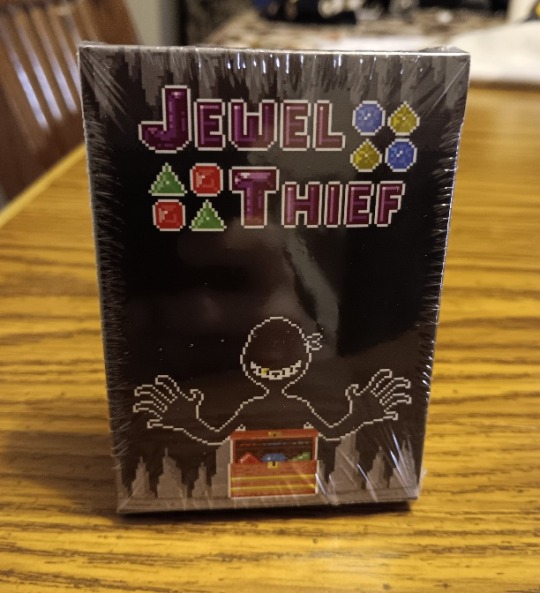
"What is Jewel Thief?"
It's a card matching game with a villain; one player tries to match jewels in a 36 card grid while their opponent, the titular Jewel Thief, periodically steals cards from the board. You can check out its page on The Game Crafter for more information, but it'll spoil the rest of this post
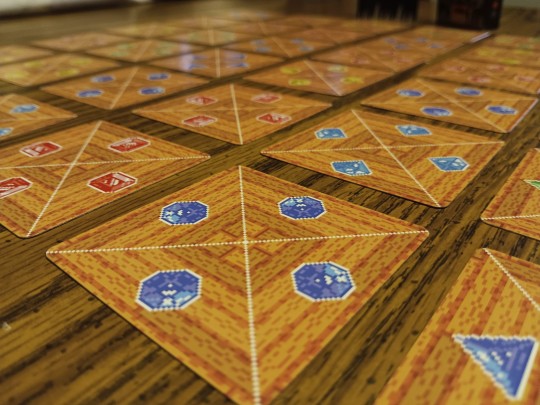
"What makes it special?"
The game's turn structure would theorettically allow you, perhaps via some kind of infinite cloning machine, to play a round of Jewel Thief til the heat death of the universe. While I wouldnt recommend that, its lack of a player cap (and ease of set-up; seriously, all you do is put cards on a table) makes it a good party game choice.
But that's not all!
There are three extra rule variants that drastically alter the gameplay while keeping card matching and stealing as main mechanics. I believe the cards are versatile enough to allow for many custom games, too
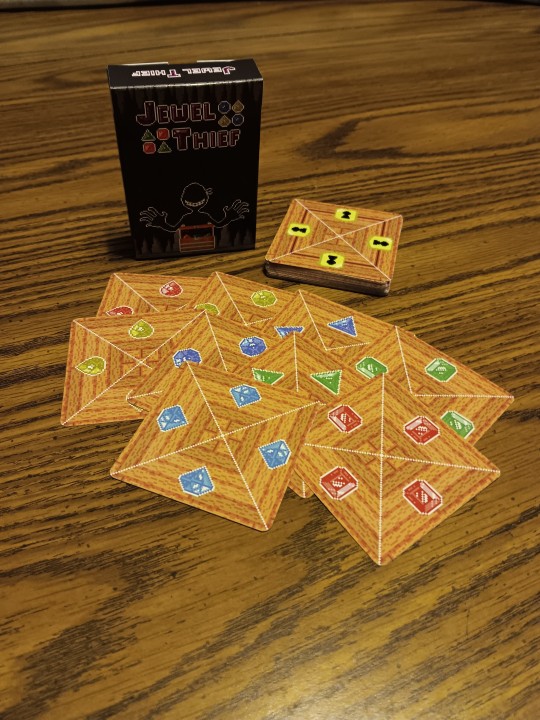
"Okay, but why should I buy a silly game from some bug nerd?"
First off, ouch. Second off, that's the best part; you dont have to buy it to play it! Jewel Thief can be played with a standard 52 card deck. Here's how:
Step 1. Remove the 10s, Jacks, Queens, Kings and Jokers
Step 2. Download the free rules from the shop page
Step 3. Play the game, matching cards based on their values. You'll need to designate a value as the Diamond jewel for game 4
-------
That's it for my little self-promo. If you dont buy the game, I hope you'll at least give it a try and consider supporting my future projects.
I also post art and photography, which you can find under the bugbeast art and bugbeast photos tags. I hope you check them out
Thank you for your time <3
--------
Edit (Mar. 25, 2024) : Thank you to everyone who liked and reblogged this; if you play the game I encourage you to share your thoughts in the comments and/or reblogs (even if you hated it). Feel free to share any custom games or house rules you come up with, too. I'd love to try them!
Edit (Aug. 10, 2024) : Final edit most likely; gonna blaze this one more time for good luck then maybe start work on a postmortem for the project, maybe give a little backstory for anyone who cares. Life is a little rough right now, but fate willing, I'll be able to work on/post about my future projects, including the future of Jewel Thief itself
#bugbeast games#game release#indie artist#independent artist#indie games#indiegameart#tabletop games#indie designer#card games#board games#party games#self promo#pixel art#pixel aesthetic#jewel thief#artists on tumblr#board game design#card game design#card matching#card game art#card game development#board game art#independent games
3K notes
·
View notes
Text
Are you looking to become an expert in game design and development through training in Ahmedabad? Mducation offers full-time Game Design & Development course program in Ahmedabad, Gujarat and Rajasthan. Register now and book your seat!
#game development courses in ahmedabad#game development courses in rajasthan#game development courses in gujarat#game design courses in ahmedabad#game design and development#game designing courses after 12th
0 notes
Text

750 Effect and FX Pixel All
Download More and Free:
https://bdragon1727.itch.io/
#game design#pixel art#graphic design#pixel sprite#aseprite#pixel graphics#pixel#pixel animation#pixel gif#after effects#gamedev#indie games#game effects#game development
554 notes
·
View notes
Text


SEGA SATURN Sophia Development Systems
#@Rare_DevKits#SEGA SATURN#Dev Kit#Sophia Development Systems#SEGA#hardware#tech#design#retro gaming#console gaming#video games
672 notes
·
View notes
Text
I’ve decided to post all of the progress here as well, not just on instagram. Some people have asked to be tagged once I post some progress, but I can’t remember who they were. So if you wanna see future progress, let me know and I’ll tag you!
This one may not look too different from the previous one, but nothing really turned out the way I intended to.
The colors, the textures, the focus, the sounds, the camera, everything just seems so off, and oh boy the animation… this is the result of rushing and not knowing what I’m doing, just inserting keyframes, tweaking the graph editor and hoping for the best. So maybe signing up for this project wasn’t a great idea after all lol. Plus the datapad’s not even fully textured, you can literally see where I started adding details on the front, then for some reason I just left off lol
One thing I’ll definitely work on in the future is the menu itself, because if this project is for a graphic design thesis, then I might as well try to make the only thing that has something to do with it look more presentable. I’ll definitely be changing up the fonts, and I have some other ideas for the background as well.
But for now, I’ll move on to the remaining 5 character menu animations. Originally there were gonna be 5, not 7. At first I was randomly picking out the characters I wanted to make one for, then I realized, it’d probably be best, if each squad got one animation. The 501st gets Rex, the 212th gets Cody, the CG gets Fox, the 104th gets Wolffe, and the 241st gets Tukk. CF99 got Hunter but I really wanted to make one for Tech as well, since modeling and texturing him took the longest 💀
Once all of that’s done, I can finally move on to animating the trailer video. Which I’m terrified of, but oh well lol
#star wars#star wars fanart#clone wars#clone wars fanart#bad batch echo#bad batch tech#bad batch hunter#bad batch#bad batch crosshair#bad batch wrecker#the bad batch fanart#tbb#tbb animation#tbb fanart#3d modeling#game design#game development#game concept
3K notes
·
View notes
Text
#game design courses gujarat#animation and game design courses#game design courses#best fashion design college#user interaction design#game design and development
0 notes
Text






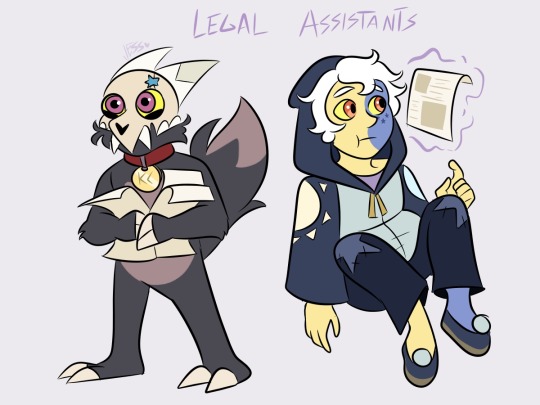


Ace Attorney x The Owl House au
I was asking for art ideas on my Instagram and this was one of the request ideas, probably because my AA hyperfixation returned recently
Then I got weirdly into it with its own lore to make these words work together, I didn't even draw all the ideas I had! I wanna do more and draw belos and some of the sprite animations for these guys !
So I'll do that later.
Honestly a lot of the names in this show could totally pass for AA names, Tinella Nosa is straight up an AA name.
Why is hooty the judge? Yes.
idk, enjoy this weird stuff i made
Bgs i made under cut:


#eda gets accused of murder every other week#gotta prove the owl beast didnt do it#game probably ends by solving a cold case about caleb's murder and acussing his brother#yeah so their designs ended up a combo of the finale ones and their early designs for the prosecutors#so they get designs closer to their finale ones post game development#also the palisman hang around and share animations with their witches because its fun#everyone also uses magic in court#nobody is probably gonna see this post but trust me this idea is pretty fun#ace attorney#the owl house#luz noceda#amity blight#gus porter#willow park#eda the owl lady#eda clawthorne#lilith clawthorne#hooty#king clawthorne#the collector#toh hunter#hunter noceda#hunter wittebane#hunter deamonne#hunter clawthorne#the golden guard#golden guard#stringbean#flapjack#my art
784 notes
·
View notes
Text
Making an indie horror game and saving money on asset development by having the monster just not show up.
1K notes
·
View notes
Text

Yokai Parade
#creature design#pixel art#pixel animation#pixelart#animation#animated gif#japan#video games#gaming#game development
1K notes
·
View notes
Text
Game Design and Development| MNB SOFT SOLUTION
We specialize in game design and development, helping you turn your imagination into reality. Our team is passionate about creating innovative and engaging games that will capture players. At MNB SOFT SOLUTION, we understand that every game is unique and requires a customized approach.
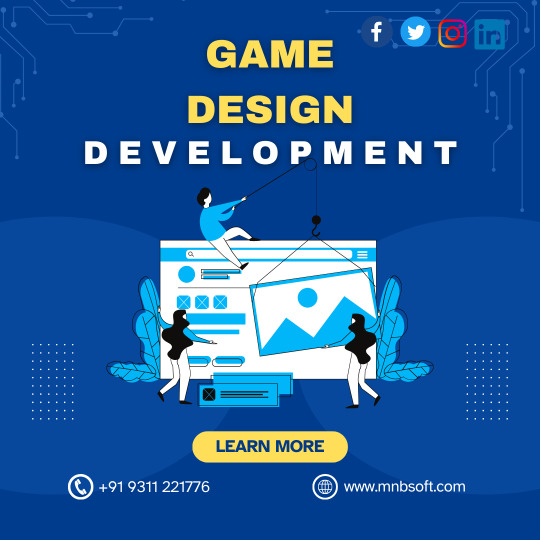
0 notes
Text
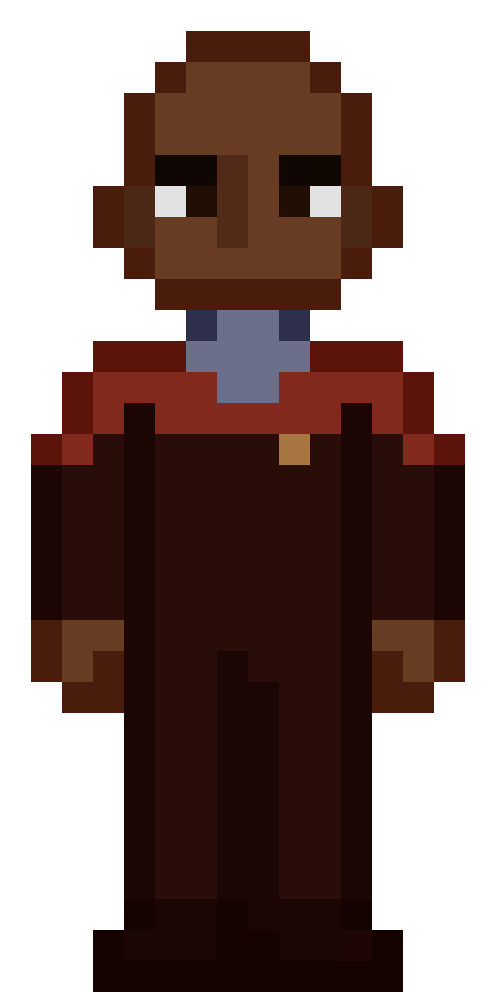
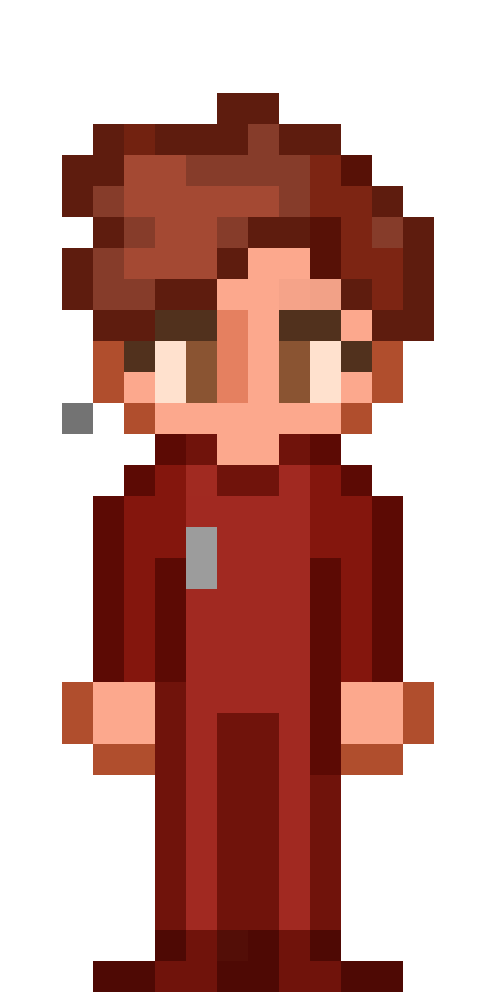
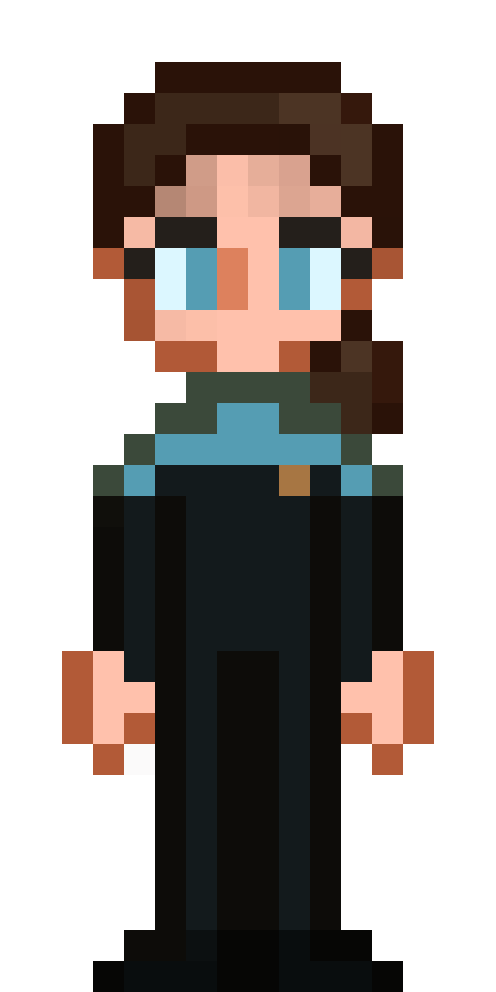
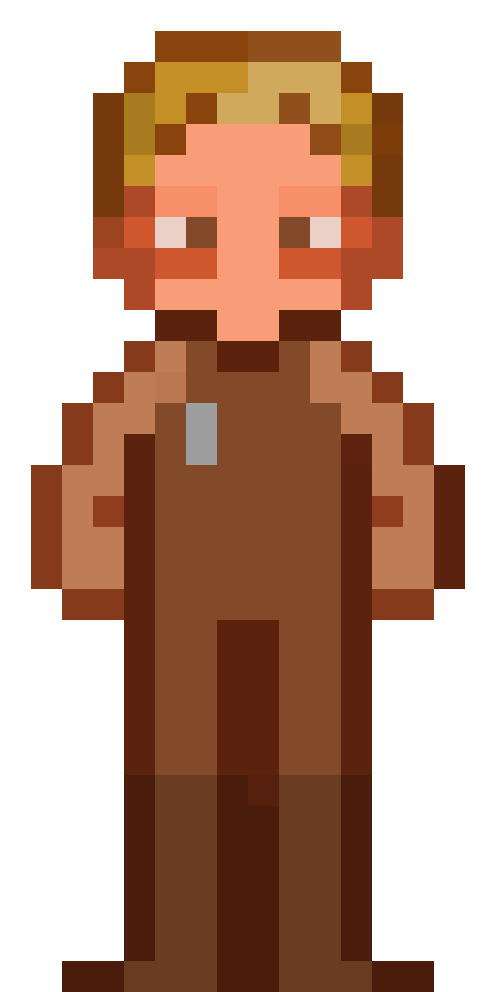
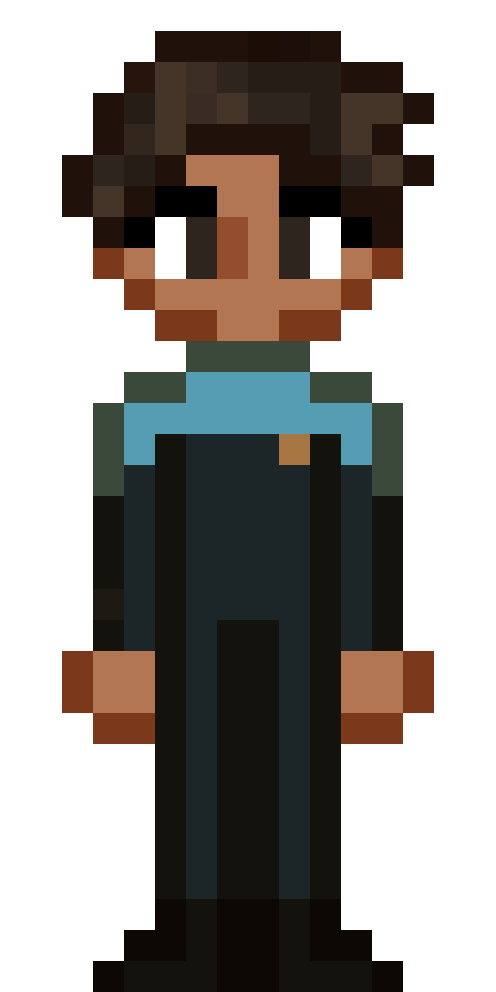
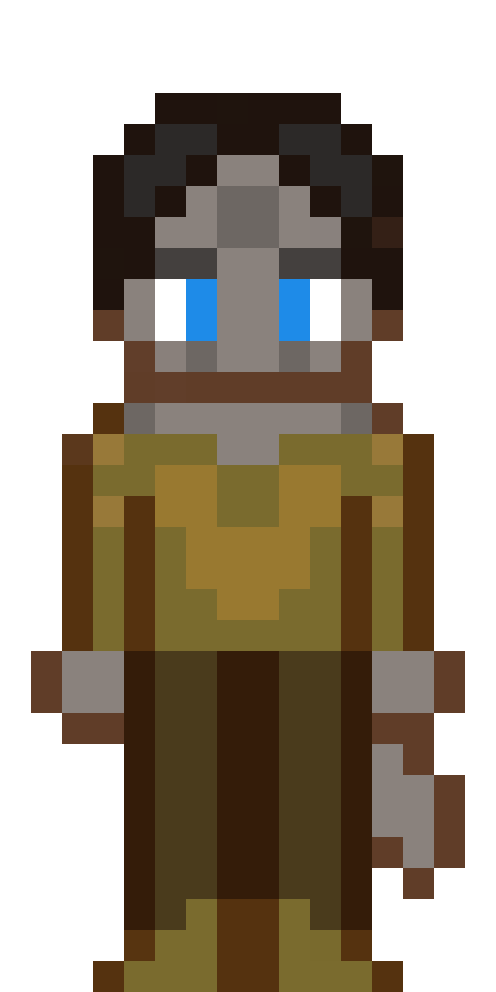
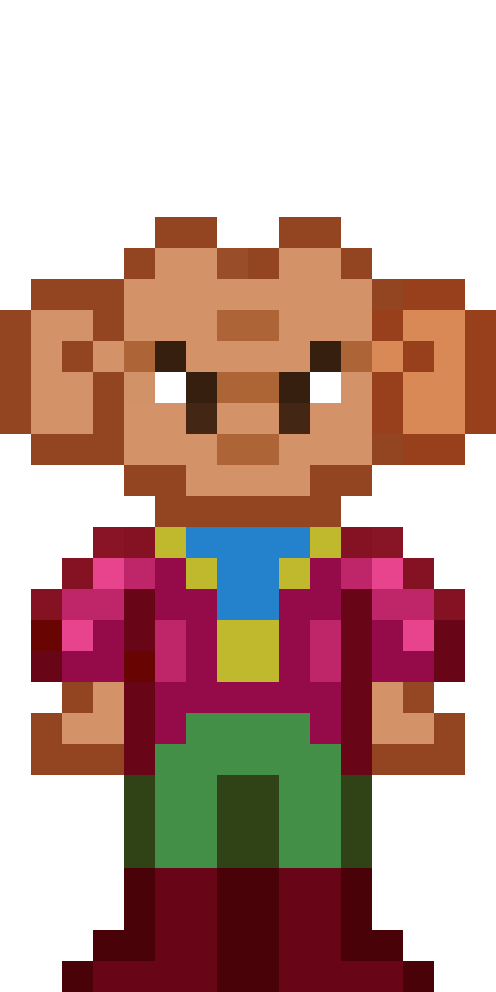
I'm already about 110% in love with these rough draft character sprites....
these are all unshaded, and will probably be continued to be edited, but I just wanted to share to get feedback! both garak and quark have alternate outfits as well ^^
#is it obvious that kira and bashir are my favorites...#doing game art makes me so happy#doing game coding makes me 😡#star trek#ds9#deep space nine#star trek fanart#deep space 9#star trek deep space nine#star trek ds9#game#design#video games#game development#game design#game dev
2K notes
·
View notes
Note
If any of y'all had tips for aspiring TTRPG creators, what would they be? I'm hosting a "How to Make your own TTRPG" panel at a con this weekend, and anything to show folks from a fellow indie studio would be great!
Yeah a bunch. Each one of these could basically be its own post, but here are the condensed versions.
Social Media
You need social media. No one will ever hear of your game without a strong social media presence. And as much as it sucks, your best bet is probably tumblr. It’s the only populated social media site that allows your posts to be widely circulated without you having to pay, and also long form enough to actually include information. I dedicate one day a week entirely to social media and that’s just about the only reason we make any money at all.
Also, when using tumblr, the first five tags you put on a post are the most important, those are the tags that make it show up on people’s dashboards. The first twenty tags are the ones that make it show up in search results. Don’t put the name of your game in the first five tags generally, because if no one has heard of it yet, no one is following those tags.
Don’t Paywall Your Game
You deserve to be paid for your work if you indeed did any work at all (we’ll get to that), but that just isn’t the world we live in. Unless you have an advertising budget to essentially trick people into buying a game that might end up being crap, you need something to prove that your game is worth spending money on. Without an advertising budget, that proof has to be your game. Setting your game to pay-what-you-want, or providing “community copies,” lets people try your game before they buy. Plenty of people will buy up-front when given the option, and others who can’t afford it at that moment will download it for free then come back and pay later. Some people will never pay, but what that means for you is that they either never experience your game, or they pirate it. People experiencing your game, showing it to their friends, and talking about it is one of the most valuable pieces of advertisement you can ever have. It will ultimately lead to more people who are willing and able to pay learning about your game.
Start Small but Not Too Small
Do not make a one-page game for your first game. Do not be like us and make a 700-page game for your first game. Try to aim for something between 20 and 200 pages, especially if you’re one person or a small team.
Play and Read a lot of RPGs or Your Game Will Suck
Would you watch a movie by a director who had only ever watched one movie? Would you read a book by an author who had only ever read one book? Hell no, those would suck.
Read many rpg rulebooks, from many different genres and decades, play as many of them as you can (by the rules) to understand how the rules work and why they’re there. This will give you the creative tools you need to make something that isn’t just a weaker version of the last RPG you played. No, listening to "actual plays" does not count.
Most actual plays stray significantly from presenting a regular gameplay experience in favor of an experience that is entertaining for an audience. If you want to learn martial arts, you should be watching martial arts tournaments, not WWE.
If you want an actual play podcast that has my “actually mostly presents a real gameplay experience” approval, try Tiny Table.
If you say you don’t have time to read rulebooks, then you don’t have time to design a good game. Studying is part of the process of creating. If you don't, you won't even know about gleeblor.
This will let you know whether your "innovation" is more like "Cars don't need to run on gasoline!" or "Cars don't need crumple zones and airbags!"
The Rules Matter, So Design with Intent
The rules matter the rules fucking matter holy shit what you actually write down on the page matters I can’t believe this is actually the seemingly most needed piece of advice on this list. The. rules. matter.
Design your game to be played in the way you designed it. The rules affect the tone and genre of your game, they affect the type of people PCs can be and the kind of stories that will result from gameplay. Bonuses encourage PC behaviors, penalties discourage PC behaviors.
Do not fall for the trap of “oh well people will just play it their own way based on vibes anyway so it doesn’t matter what I write the rules to be.” Write that you wrote this game to be played by the rules and that significant changes to the rules mean that players are no-longer playing the game you made. Write like you deserve for your art to be acknowledged by its audience. If you don’t, then there is no point in anyone playing the game you made, because if the person who wrote it doesn’t even care what the rules say, why should anyone? The people whose “playing” of TTRPGs consists of never opening the rulebook and improving based on “vibes” will still do that no matter what, but the people who would have actually tried to engage with your game will find that it sucks if you don’t even care what the rules are yourself.
Playtest
You need to playtest your game if you want it to work as intended. You need multiple sets of eyes on it. If you don’t have the opportunity personally to do so, just release your game anyway with the acknowledgement that it’s unfinished. Call it an alpha or a beta version, and ask for people that do play it to give feedback, then update and fix the game based on that feedback.
Ignore Feedback
Most people do not have any game design credibility, perhaps least of all TTRPG players. You do not, in fact, have to listen to everything people say about your game. Once you ask for feedback, people will come to you with the most deranged, asinine, bad-faith “feedback” you can imagine, and then get really mad at you when you don’t fall to your knees and kiss their feet about it. You do not need to take this feedback at face value, instead you need to learn to read between the lines and find out which parts of the rules text are being misinterpreted by players, and which incorrect assumptions players are making about your game. Then, you update and improve the game by clearing those up. Only like 30% of “feedback” you receive will actually be a directly helpful suggestion in its own right at face value.
You can’t please everyone, and shouldn’t, so appeal to the people who actually like your game for being what it is, not the people who don’t.
Read Eureka: Investigative Urban Fantasy
Yeah this one sounds self-serving but hear me out. Eureka: Investigative Urban Fantasy is as much a treatise on TTRPG game design as it is a game itself. When it presents mechanics and rules, it tells you what they are, why they are, how they are, and what you’re intended to do with them. This makes it an excellent example to read for anyone wanting to get serious about game design and learn how TTRPGs tick under the hood, and an excellent example of a TTRPG that expects players to play it the way it was written to be played, and why that is a good thing. Also you can download it for free.

#ttrpg tumblr#ttrpg design#indie ttrpg#ttrpg community#ttrpg#ttrpgs#ttrpg dev#game design#game development#indie dev#indie games#game dev#content creator#indie ttrpgs#actual play podcast#tiny table#ttrpg podcast#actual play#dnd#d&d 5e#rpg
262 notes
·
View notes